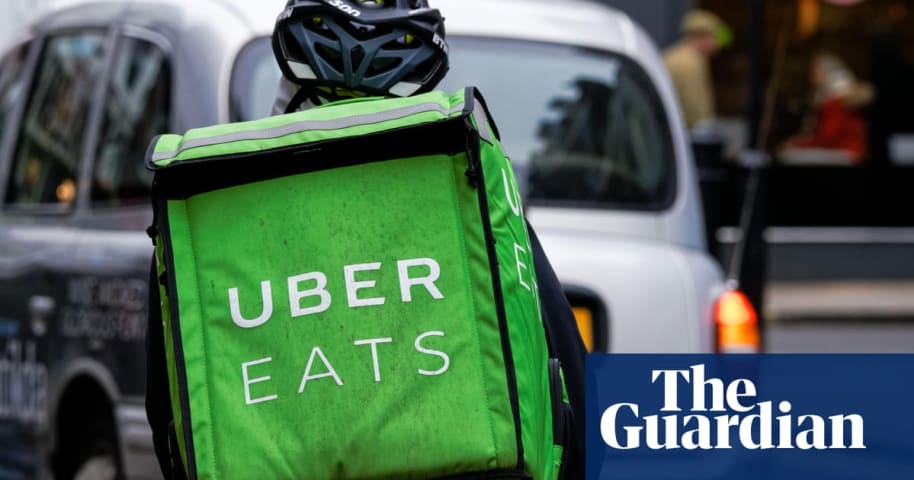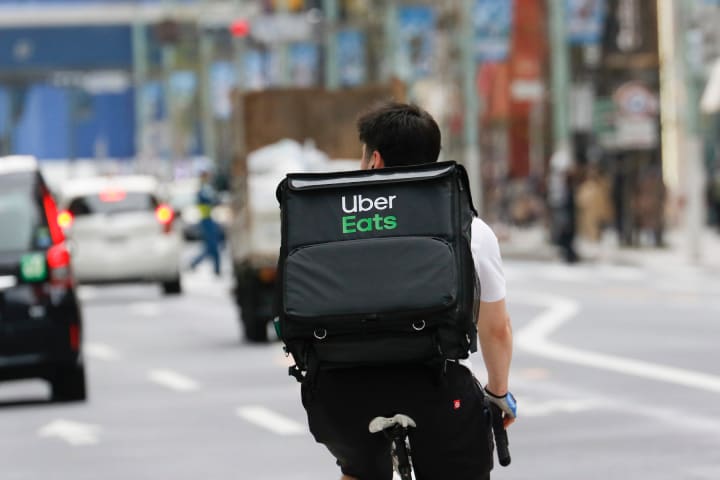概要: ウーバーイーツの元配達ドライバーによる訴訟では、認証用セルフィーの不一致が頻繁にあったため同社が不当解雇し、過剰な認証チェックによって差別したと主張していた。
Risk Subdomain
A further 23 subdomains create an accessible and understandable classification of hazards and harms associated with AI
1.1. Unfair discrimination and misrepresentation
Risk Domain
The Domain Taxonomy of AI Risks classifies risks into seven AI risk domains: (1) Discrimination & toxicity, (2) Privacy & security, (3) Misinformation, (4) Malicious actors & misuse, (5) Human-computer interaction, (6) Socioeconomic & environmental harms, and (7) AI system safety, failures & limitations.
- Discrimination and Toxicity
Entity
Which, if any, entity is presented as the main cause of the risk
AI
Timing
The stage in the AI lifecycle at which the risk is presented as occurring
Post-deployment
Intent
Whether the risk is presented as occurring as an expected or unexpected outcome from pursuing a goal
Unintentional
インシデントレポート
レポートタイムライン
Loading...

A delivery driver who is suing Uber Eats in London over his dismissal from the company and claims its facial recognition technology is racially biased says the company treats couriers as “numbers rather than humans”.
Pa Edrissa Manjang work…
Loading...

A former Uber Eats courier has brought legal action against the food delivery company, alleging he was unfairly dismissed because of the company’s “racist” facial recognition software.
Uber Eats drivers are required to take a selfie before …
バリアント
「バリアント」は既存のAIインシデントと同じ原因要素を共有し、同様な被害を引き起こし、同じ知的システムを含んだインシデントです。バリアントは完全に独立したインシデントとしてインデックスするのではなく、データベースに最初に投稿された同様なインシデントの元にインシデントのバリエーションとして一覧し�ます。インシデントデータベースの他の投稿タイプとは違い、バリアントではインシデントデータベース以外の根拠のレポートは要求されません。詳細についてはこの研究論文を参照してください
似たようなものを見つけましたか?

